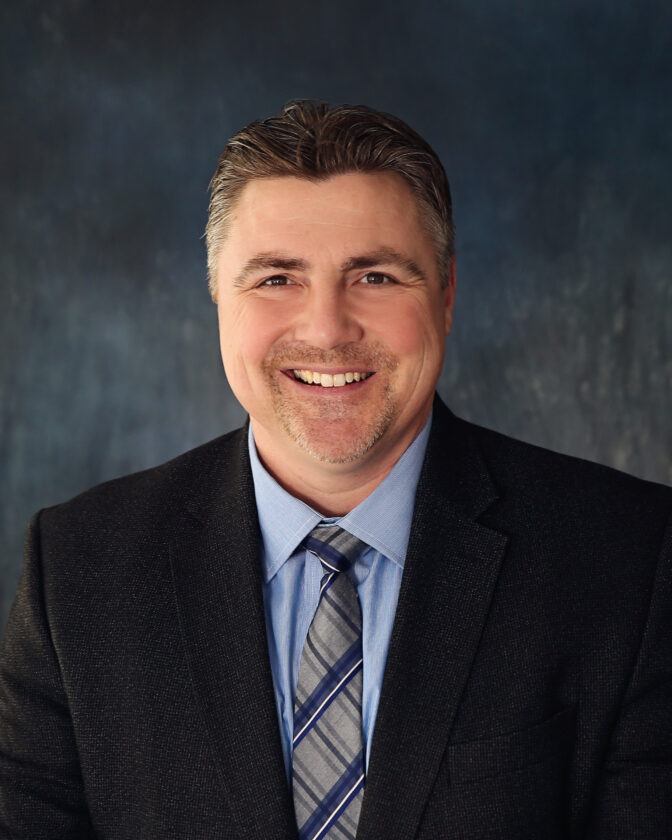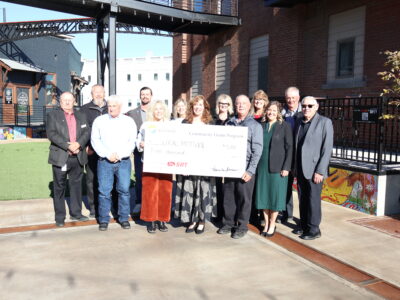Counties prepare to take position on tax cap

Aaron Birst
When they meet later this month, North Dakota’s county officials will consider resolutions asking legislators to repeal or modify a property tax cap or to exempt taxes for correctional facilities from any cap.
County commissioners with Region 2 of the North Dakota County Commissioners Association met virtually Tuesday, Oct. 7, to receive an overview of proposed resolutions from Aaron Birst, executive director of the North Dakota Association of Counties (NDACo).
Draft resolutions came from a resolutions committee and regional commissioner groups and are open to amendments before and during NDACo’s annual conference Oct. 26-28 in Bismarck. The County Commissioners Association will hold a one-day summit Dec. 9 in Bismarck.
One proposed resolution asks to remove or modify property tax caps to better suit local communities. It states local elected officials “know their communities’ needs better than anyone and should be left with the most flexibility in financial decisions.”
The 2025 Legislature approved a bill advanced by the governor that provides primary residence owners with a $1,600 tax credit but also limits local governments to a property tax increase of 3% over a base year. Any of the 3% not used by a political subdivision can be carried over for up to five years.
The association is in the process of surveying counties to determine how they accommodated the cap.
“Counties I’ve been dealing with have been able to make that 3 percent work this year, but they have had to put off some purchases and/or dip into some reserves, which can work for a year, maybe two, but that is not sustainable,” Birst said.
Another proposed resolution urges the Legislature to exempt local correctional costs associated with construction and operation from the property tax cap.
The resolution also supports legislative funding, including state grants, to assist counties in building, expanding or remodeling correctional and juvenile detention facilities. It states the current state of local jails and juvenile detention facilities requires significant financial investment to facilitate bed space and replace aging infrastructure.
“Corrections and law enforcement is probably your number one or number two expense that the county has to bear,” Birst said, noting that even counties without jails are paying to house inmates elsewhere. “This has been just a backbreaker for a lot of counties.”
Birst said the association unsuccessfully sought money from the Legislature in the past to build jails.
“They felt that should be a local cost, and they would build Department of Corrections facilities and that would be their cost. But I do think it’s good to continue to remind the Legislature and the governor’s office that public safety costs money,” he said, adding those costs are paid by property taxes.
County officials also will consider a resolution supporting efforts to streamline or reduce commercial driver’s license requirements for county workers while operating within the county. Many counties, particularly mid-size to small counties, are unable to find workers with CDL licenses to run motorgraders, trucks and other large equipment, Birst said. Counties that train their employees often lose them to oil field jobs that pay more, he said.
Birst compared a possible CDL waiver for county workers to waivers granted to farmers.
Also among the new resolutions is one in support of structural changes and increased funding for emergency 911 services to ensure viability. The resolution supports elimination of the public votes required to impose 911 fees, which it says unnecessarily add to the costs.
Some other resolutions address making shared services among counties more workable, improving wetland mitigation processes and continuing to adopt strategies to address law enforcement recruitment and retention.



